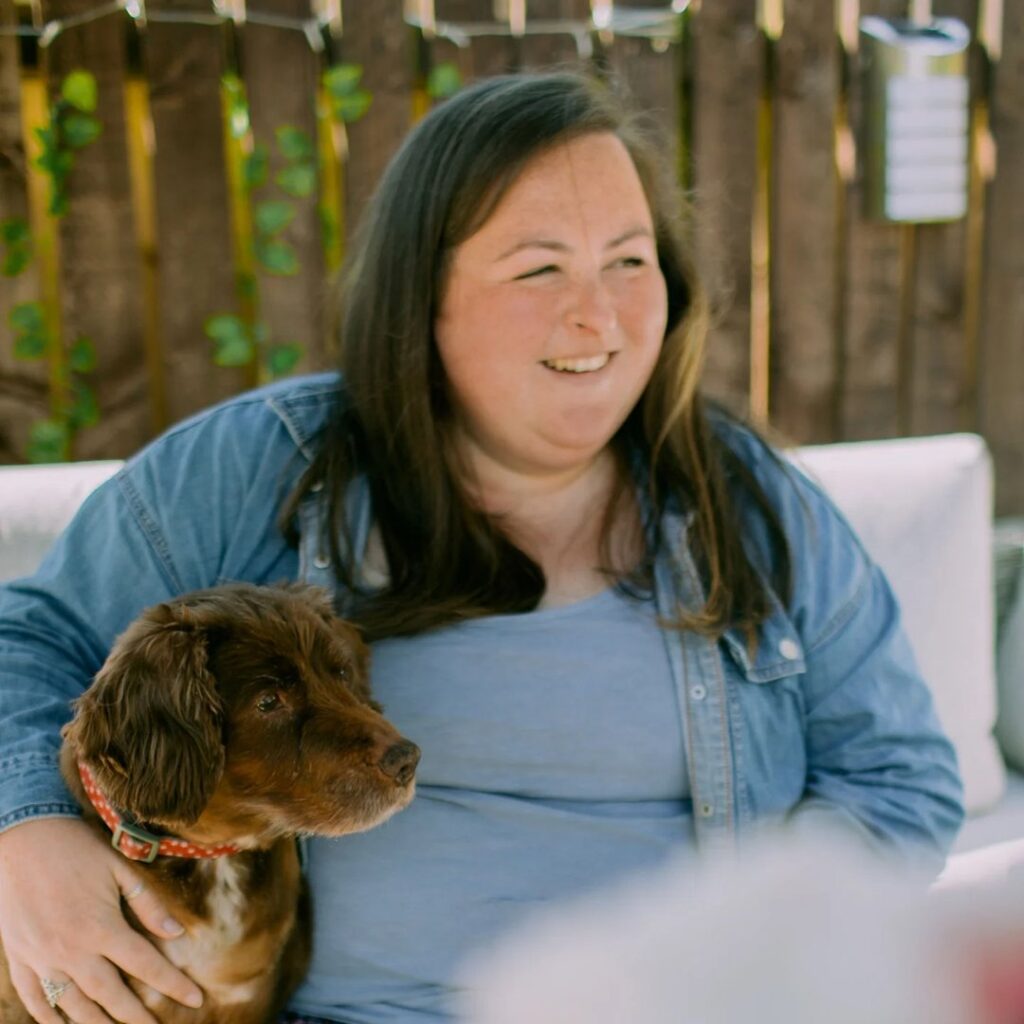A Collaboration Between Ace Parenting Club + Megan Founder Of The Wee Thistle Sleep Consultant
Sleep. It’s something every family craves but often struggles to get. For children, a good night’s sleep supports growth, development, and emotional regulation. For parents, it’s essential for patience, calm, and mental wellbeing. When no one sleeps properly, routines slip, patience runs thin, and life just feels…chaotic.
That’s why we asked Megan from The Wee Thistle Sleep Consultant to share her “5 top tips for a calm and restful bedtime,” tailored for babies and toddlers. Megan’s approach is gentle, evidence-based, and full of empathy. Perfect for families navigating those tricky bedtime battles.
Create a Consistent Bedtime Routine
Babies thrive on consistency. Megan recommends a bedtime routine that’s predictable and lasts no longer than about 40 minutes. A consistent baby bedtime routine helps your little one wind down and signals that it’s time to sleep.
We started ours when our daughters were just a few weeks old and Megan agrees routines can start from the newborn stage. These “sleep cues” help babies recognise bedtime is coming. While many families include bath time, we found baths made our girls more excitable than calm! For us, earlier in the day worked better. Megan suggests alternatives like gentle baby massage, soft yoga, calming music, or quiet play.
Every child is different, the key is to find what works for yours and adapt as they grow.
2.
Set Up a Sleep-Friendly Environment
A proper sleep environment makes a world of difference. Megan recommends keeping the room dark, and if a nightlight is necessary for feeds or changes, a dim red light is best. It won’t disrupt your baby’s sleep cycle.
When our eldest struggled with early spring sunrises, we invested in blackout blinds and rearranged her room for a calmer layout. We also travel with a portable blackout blind so she feels comfortable wherever we stay. A familiar, cosy environment signals safety and helps children settle faster, essential for longer stretches of sleep.

Use Time, Place, and Clothing as Sleep Cues
Babies and toddlers thrive on predictability. Megan explains that when, where, and what your child wears can act as strong sleep cues.
Putting your baby down at the same time each day, in the same place, and in consistent sleepwear helps them understand it’s time to rest. At Ace Parenting Club, we swear by sleeping bags, our youngest knows it’s bedtime the moment she’s zipped into hers. These small but consistent cues create comfort and reassurance that bedtime is approaching.
Put Your Baby Down Awake (Yes, Even If It Feels Hard)
Who doesn’t love a sleepy snuggle? Guilty as charged! But Megan recommends putting your baby down awake but calm. If they fall asleep in your arms, then wake up alone in their sleep space, it can be disorienting, like nodding off on the sofa and waking up in another room.
By helping your child settle in their own sleep space, you’re building confidence and independence around sleep. It may feel counterintuitive at first, but it pays off with longer stretches of uninterrupted sleep.
5. Keep Toes Toasty — Safely
Cold toes can cause early wake-ups. Babies can’t regulate their temperature as easily as adults, so keeping them comfortably warm is key. Megan recommends a sleep bag appropriate for your child’s age and room temperature.
This also follows safe sleep guidelines from The Lullaby Trust, which advise keeping the cot clear of loose blankets or toys for at least the first 12 months. We loved using Marks & Spencer’s sleep bags, which go up to 36 months. Perfect if you have a long toddler like ours! Warm, safe, and snuggly: that’s the goal.
Our Final Thoughts
Sleep is vital for every member of the family. For children, it supports growth, emotional regulation, and wellbeing. For parents, it’s essential for patience, calm, and mental health.
By following Megan’s five tips — consistent routines, a calm environment, predictable cues, independent settling, and warmth. You can create a peaceful bedtime that helps everyone rest easier. A calm night leads to a calm tomorrow and every family deserves that.
Meet Megan: Your Sleep Expert
Megan started her career as a teacher and pupil support assistant, working with children and young adults with complex additional support needs for over 12 years. Through that experience, she discovered a passion for sleep, the science behind it and its profound impact on children’s health and wellbeing.
After training with the Sleep Academy, Megan founded The Wee Thistle to help families find peace at bedtime. As a first-time mum who experienced postnatal depression, she knows first-hand how lack of sleep affects not just your child but your mental health too. Her mission? To provide families with practical, step-by-step plans — delivered with empathy, understanding, and zero judgment.




